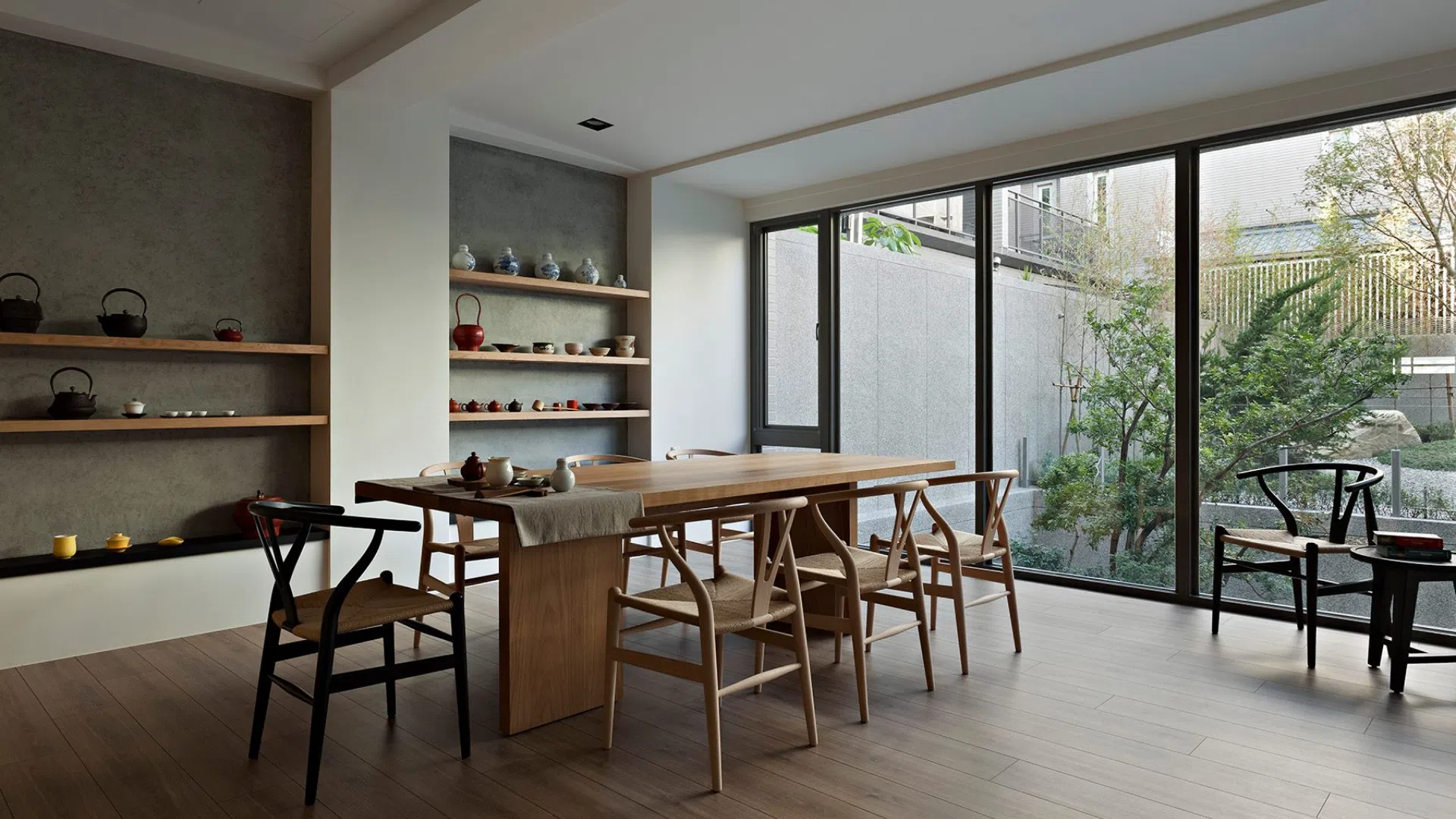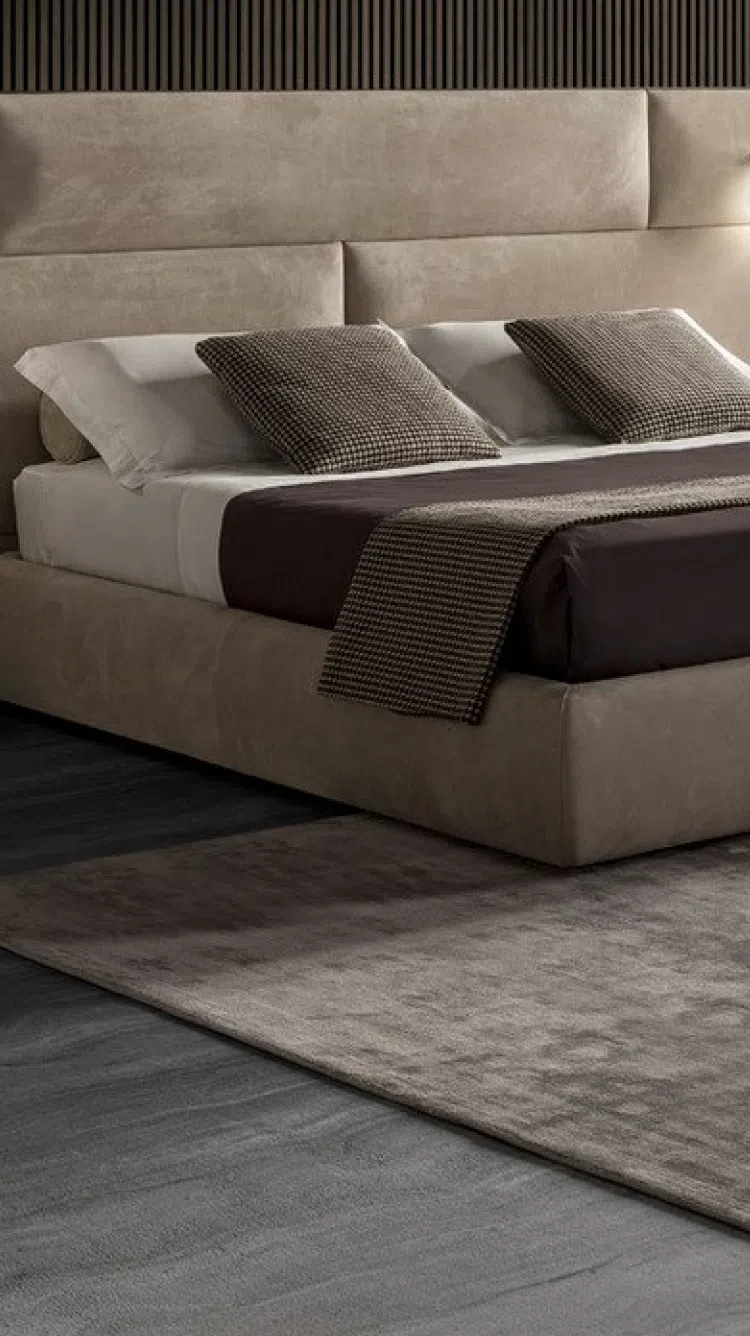
Asian-style furniture, often referred to as Oriental furniture, encompasses an incredibly diverse range of designs from various countries and regions in Asia, including China, Japan, Korea, Vietnam, Thailand, and Indonesia. Each culture has its unique aesthetic and approach to furniture making, but there are some common elements that broadly define Asian-style furniture.
Materials: Asian-style furniture is frequently made from native hardwoods such as teak, rosewood, bamboo, and blackwood, all of which are chosen for their durability, beauty, and the natural warmth they bring to an interior space. Lacquer, a clear or colored varnish, is often applied to wood furniture to give it a smooth, glossy finish that also provides protection from wear and tear.
Craftsmanship: High-quality craftsmanship is a hallmark of Asian-style furniture. Traditional joinery techniques such as mortise-and-tenon and dovetailing are common, reflecting a long-standing respect for the art of furniture making. Carvings and inlays often adorn pieces, featuring intricate designs that can include floral patterns, landscapes, or scenes from mythology.
Design Elements: Designs favor clean, elegant lines and often draw inspiration from nature. For instance, Chinese-style furniture may showcase a minimalist aesthetic with a strong geometric structure, while in contrast, Japanese furniture (known for its Zen influence) tends to embrace simplicity, functionality, and the concept of wabi-sabi (the beauty in imperfection and transience).
Color and Ornamentation: Chinese furniture may be more ornate with bold reds, golds, and blacks, which are colors traditionally associated with good fortune and wealth. These pieces often include intricate hand-painted scenes, lacquer work, and mother-of-pearl inlays. Japanese-style furniture on the other hand, tends to use more muted color palettes, reflecting a serene and contemplative environment.
Functionality: Asian furniture often emphasizes versatility and space-saving designs. For example, tansu chests from Japan offer functional storage that can be easily adapted to various spaces. Many Asian furniture pieces are designed to be both aesthetically pleasing and multifunctional. This pragmatic approach to design caters to the often limited space in Asian urban dwellings.
Influence: The influence of Asian-style furniture has been felt worldwide. The mid-20th century saw a surge of interest in Asian minimalism and craftsmanship that informed Western design philosophies, including the development of modernist and Scandinavian design.
Overall, the Asian style in furniture is a representation of centuries of cultural tradition, natural materials, fine craftsmanship, and design principles that prioritize both beauty and functionality. The subtlety and depth of Asian-style furniture continue to inspire contemporary designers and homeowners seeking to add an element of the timeless elegance and exotic appeal to their living spaces.


